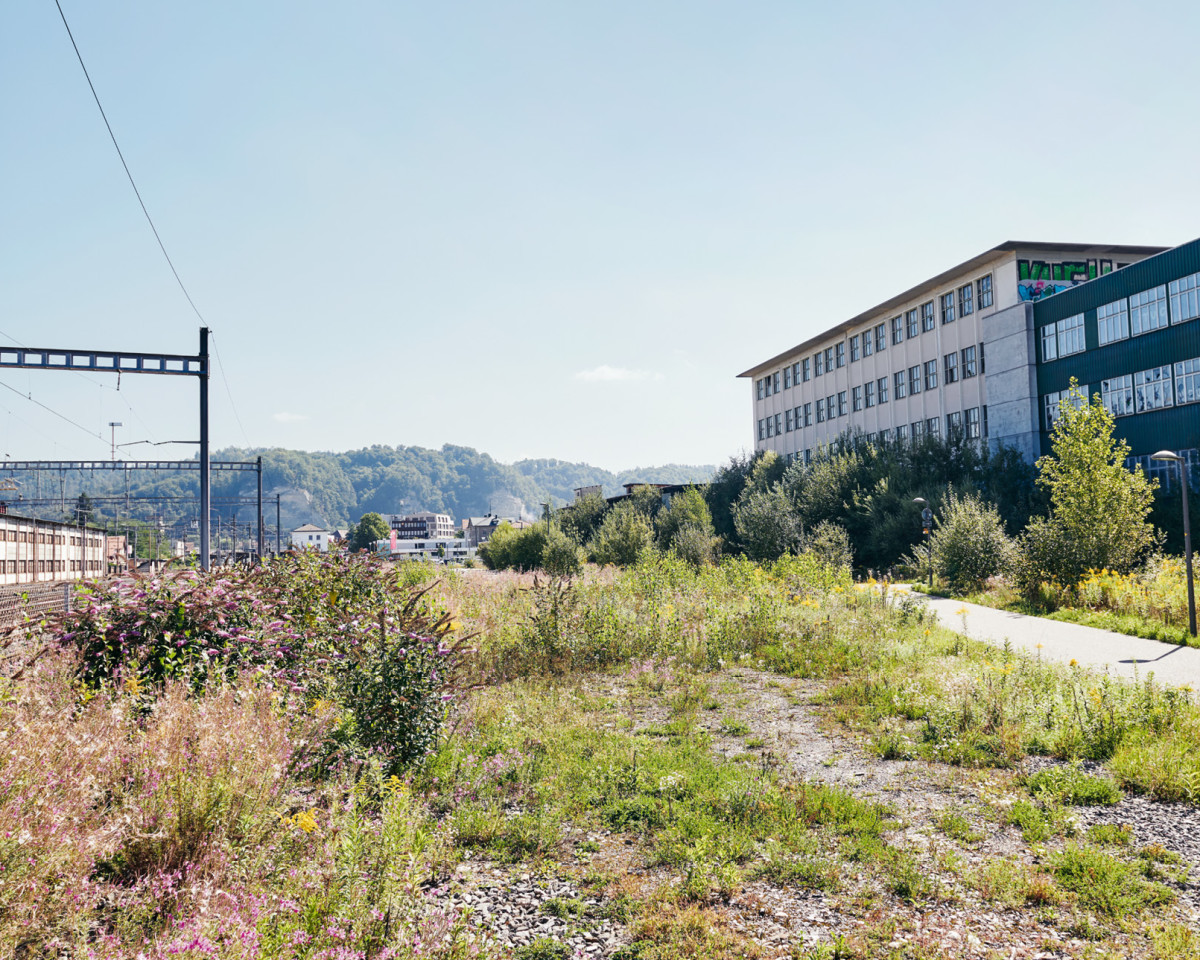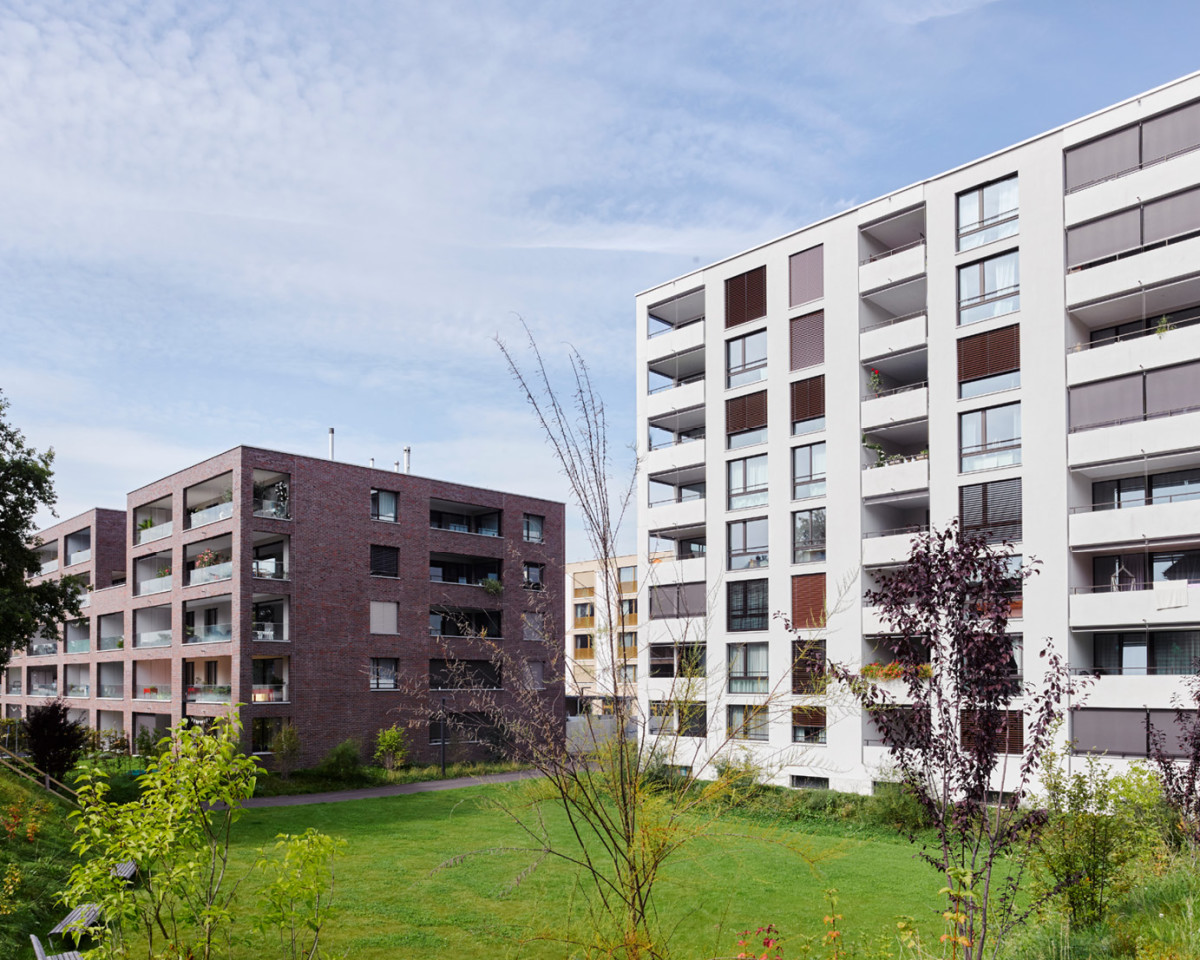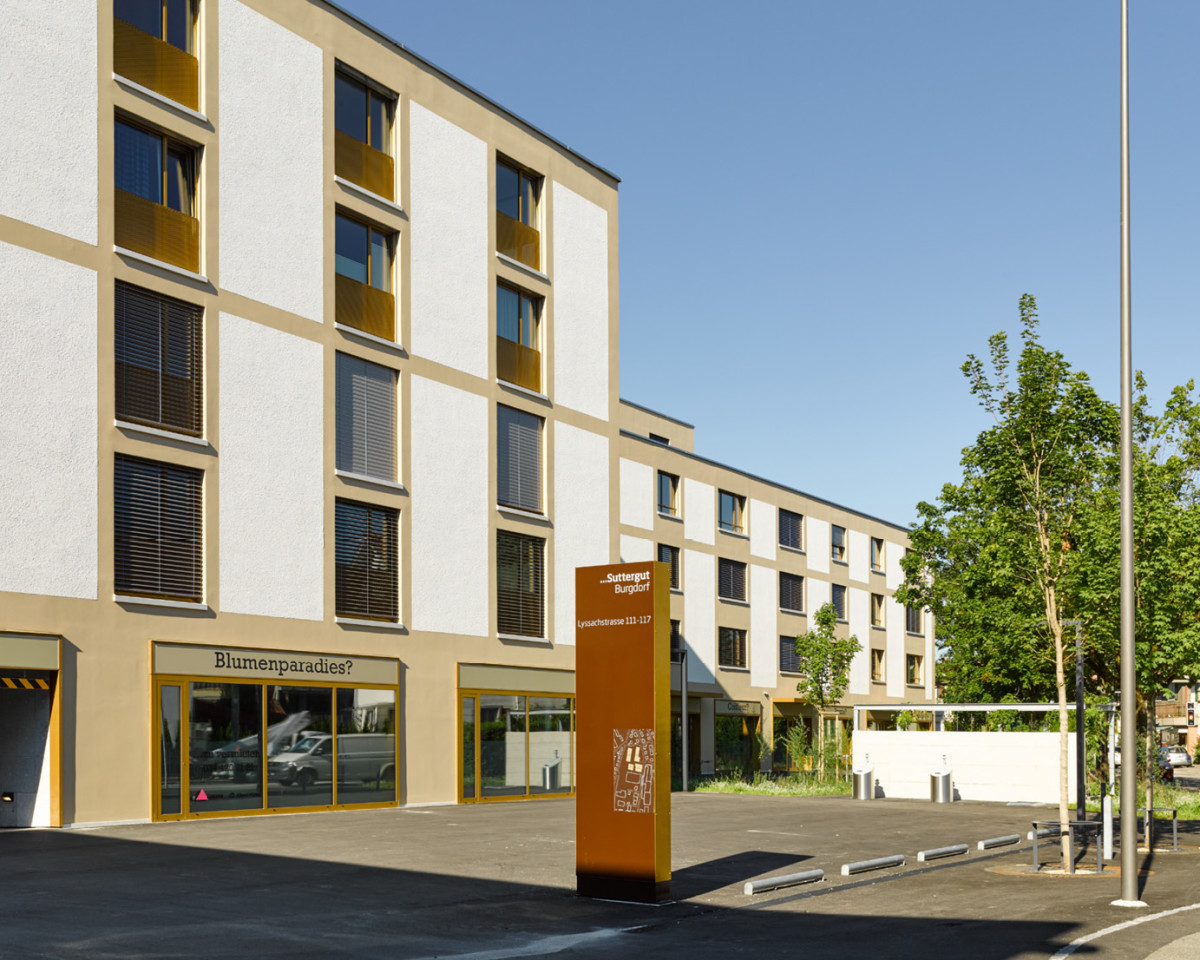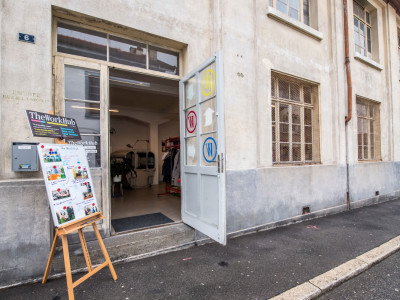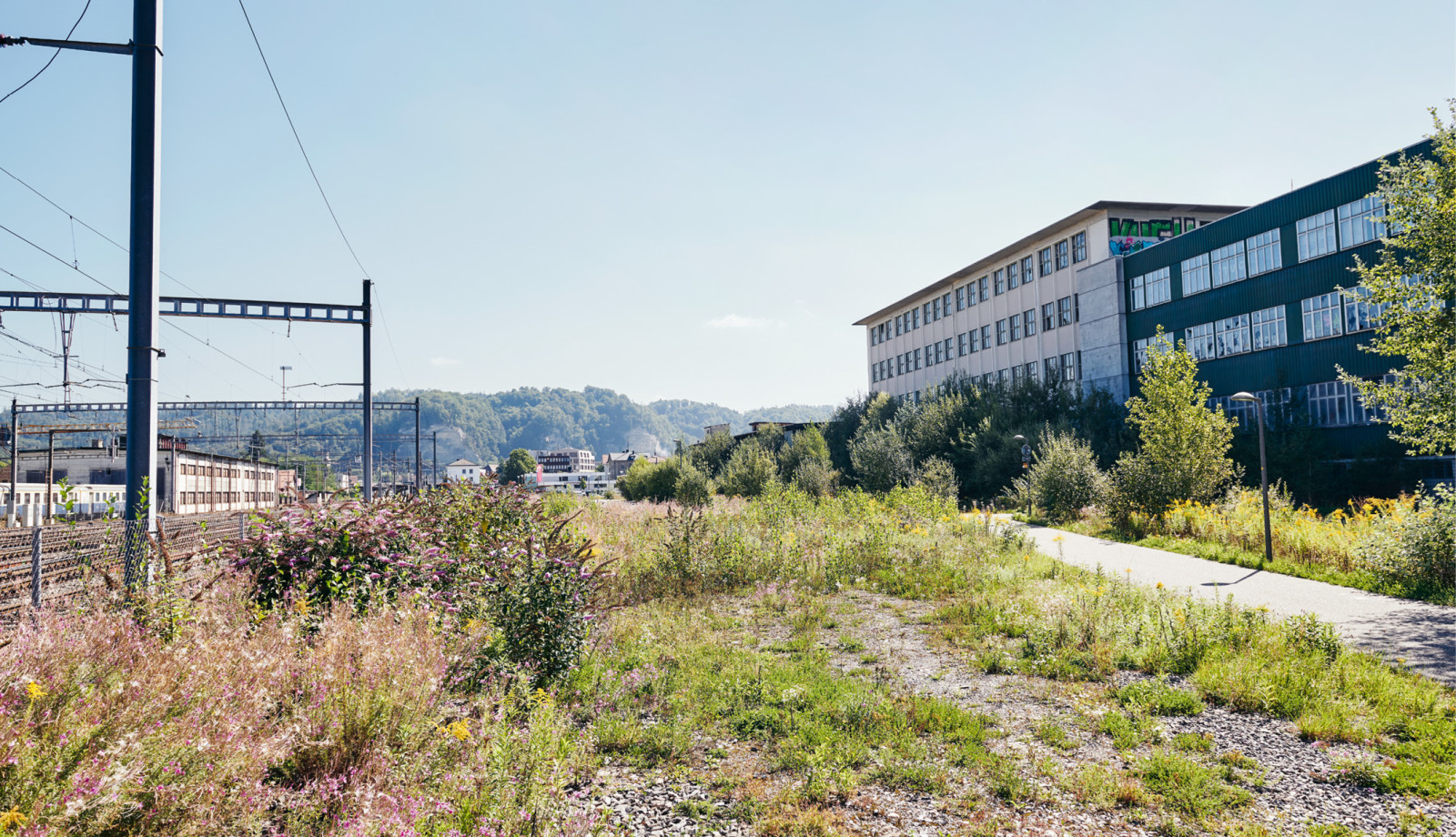
Back on the rails
The railway was the driver of residential planning in Switzerland until after the 1920s. The linking of public transport lost relevance in the planning of new building projects with the economic upturn after the Second World War. Today, that trend is reversing.
We are becoming more and more mobile. 50 years ago a change of job often automatically meant a change of residence for the entire family; today, people simply commute. Even the dream of working in an urban centre whilst maintaining residence in Ticino or in the mountains isn’t an impossible one. The continued expansion of public transport means reduced travel times whilst ensuring that entire neighbourhoods empty each morning and fill up again in the evening. It’s pointless to discuss whether commuting makes sense or if the consequences are healthy for people and the market – mobility is here to stay and poses great challenges for the construction and real estate sectors as well.
Public transport as project driver
A meaningful mix combined with connections to public transport therefore plays a central role in the planning of building projects. “Until the Second World War, residential construction went practically hand in hand with railway construction, with public transport being the most important mode of travel after one’s own two feet,” says Paul Schneeberger. “For those who could afford it, the post-war economic upturn brought the opportunity for buying one’s own car. Proximity to the nearest rail station no longer played a primary role in deciding where to live.” Schneeberger has spent years investigating the relationship between residential areas and traffic routes. In his recent book “Ein Plan für die Bahn”, he calls for the railways to be used with greater frequency and purpose as a guiding instrument in settlement development. “People who live closer to rail stations logically use rail services more,” says Schneeberger.
This sounds persuasive, naturally, but it comes with a catch. Because the attractiveness of public transport a) varies by region and is b) only valid in connection with travelling the work route – because when it comes to shopping or recreational activities, people would rather use their own vehicles than take public transport. “This is what must move us to rethink the design of residential developments and quarters,” says Schneeberger. Why, he asks, are sports fields always located outside of town? “We build the way we’ve always built. But in the future, we will have to ask ourselves which role and function a building, a quarter, or perhaps even an entire municipality should fulfil.”
The Mittelland is shrinking
We’re standing at the rail station in Burgdorf. The tracks are close to the Suttergut site, where the Aebi machine factory stood until ten years ago. Alfred Müller AG plans to realise a building here in the near future with a total of 40,000 square metres of floor space burgdorf25.ch of which about half is earmarked for residential flats – about 300 units in number. That’s considerable for a town the size of Burgdorf (population 15,000), and should ultimately have an impact on further development. Birgit Kurz emphatically agrees: “This project will give Burgdorf’s town centre a facelift,” says the Head of Urban Development (see box).
Suttergut construction project, Burgdorf
“Developing and consolidating cities in locations that are well served by public transport makes sense. The areas surrounding rail stations have been objects of discussion in recent years. Larger sites like the Aebi site, today called Suttergut, must be sensibly converted in ways that benefit their urban locations. Suttergut, with its impressive 24,000 square metres, is an important component of the city – not just for the rail station district but for the entire city. The Suttergut project will
give Burgdorf’s town centre a new look – from the perspective of rail passengers, from atop the town’s Gsteig quarter and from other diverse points throughout town. New structures and uses will appear as well as brand new town spaces, quiet yet centrally located. As I see it, the planning has set the necessary standards for future users – as well as for a city of short distances. One may hope that the Suttergut site will develop into a sustainable, lively and diverse neighbourhood.”
“Developing sites at central locations makes sense.”
The rail station, from which trains depart on the half hour to Bern and Olten or Zurich is less than a five-minute walk. Ideal, then, for people who commute to work. “I’d bet that one day there will be a few commuters to Zurich from here,” says Schneeberger. Mobile devices allow for efficient use of time spent on a train. He himself takes the train to commute between his home in Baden and his workplace in Bern. “The hour on the train is ideal for getting work done. Distances of 30 minutes pose more difficulty – it’s hardly worth opening your laptop!”
Rail routes as development corridors
The importance of public transport for residential areas is an open secret. A study published this summer by the bank UBS concludes that a regional rail connection has a much more positive effect on the attractiveness of a location than its road network. The Federal Roads Office (FEDRO) is also focusing on the question of how mobility and daily life will evolve in the coming decades in terms of work, leisure and living. With regard to a clear implementation of the “back on the rails” strategy, however, other countries are already much further along. In the Netherlands, says Schneeberger, the province of Noord-Holland has set a goal of building 50 per cent of all new flats within walking distance of rail stations, i.e. the route between home and station should not take more than 15 minutes by foot. “They’re currently at 41 per cent,” says Schneeberger, who views the Dutch model as a good one for land use and transport planning in Switzerland.
The initial idea of using large railways as orientation aids or “development corridors” when planning real estate projects also originated in the Netherlands. Adapted to the Swiss Mittelland, this means roughly imagining the Olten–Langenthal–Burgdorf–Bern route as a chain necklace on which the individual municipalities are strung like pearls. Every single pearl, or community, is individually defined and has its own specific function. In new construction projects, for example, emphasis will be on living, shopping or leisure. “A narrow space holds a city with its individual quarters built along the rail routes and optimally serviced by public transport,” explains Schneeberger. This would prevent an uncontrolled use of residential space, and at the same time any vacancies would be countered early thanks to a clear definition of function and development.
Connection, connection, connection
How we will work and live in the future is directly related to the question of how one reconciles mobility and density; in this, demographics will play as important a role as new technologies and, ultimately, financial feasibility. The topic in its entirety is currently being examined by various research projects.
It’s possible, then, that the proximity to rail in the future will not only be a step forward for individual places and projects, the construction and real estate sector and public transport, but ultimately also for our increasingly mobile society. Today’s watchword is interlinking: the interlinking of construction areas and projects, the interlinking of disciplines, the interlinking of decision makers and planners – especially when dealing with the development of land reserves and new settlement areas. Paul Schneeberger is certain: “Mobility and individuality ultimately pose no obstacles to looking beyond one’s own borders and thinking of land use in a new way.”
A plan for the railway
Investment in rail expansion is less effective than it actually could be, as the railway plays an absolutely essential role in residential development. In his recent book “Ein Plan für die Bahn. Wie die Milliardeninvestitionen in die Schiene mehr bewirken können”, author Paul Schneeberger calls for a stronger merging of land use planning and transport planning.
Paul Schneeberger, “Ein Plan für die Bahn. Wie die Milliardeninvestitionen in die Schiene mehr bewirken können”,
ISBN 978-3-03810-336-3

